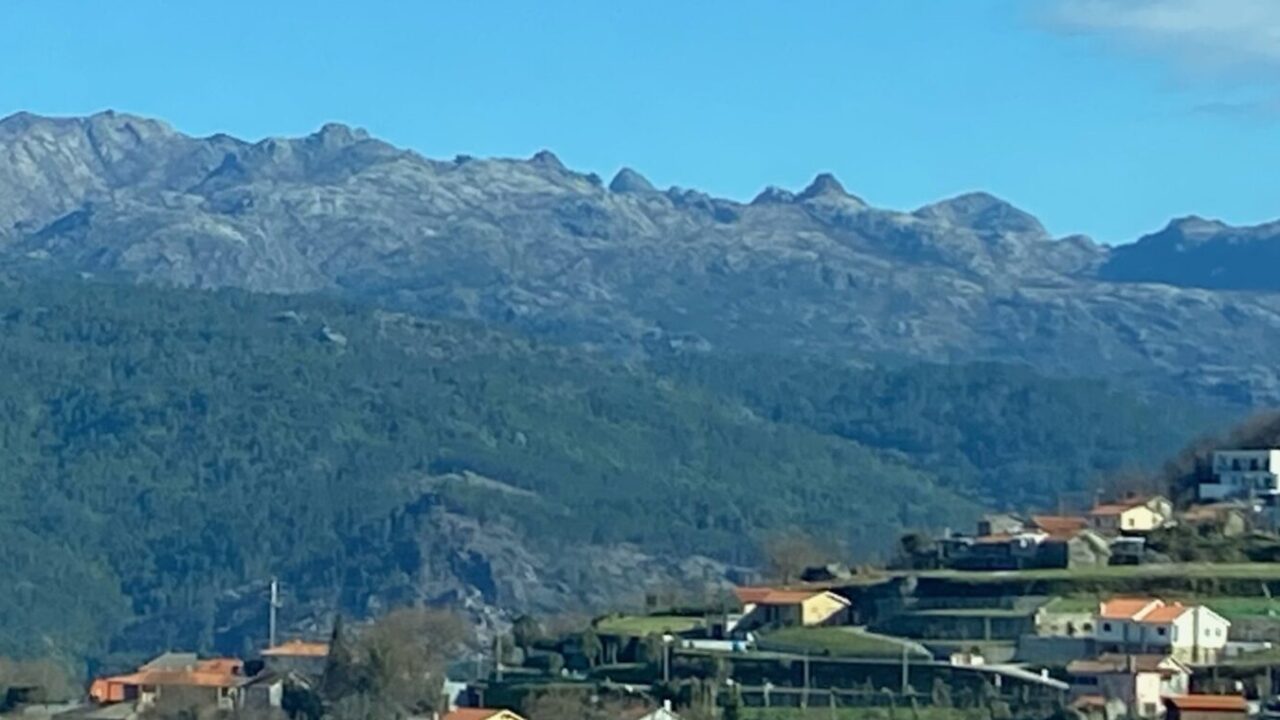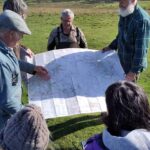Case Study – Peneda-Gerês National Park (PNPG), Portugal
🌿 Describing the Satoyama landscape / SEPL
Peneda-Gerês National Park (PNPG) has a mixed landscape with lowlands, valleys, and high mountains. Many areas are covered with bushes like broom, gorse, and heather, along with grasslands, meadows, and forests. Small villages are found in valleys or on high flat areas (600 to 1200 meters above sea level). In the past, farming was the main activity here. People used small family farms and raised animals that are native to the region.
⚠️ Satoyama challenges and threats
PNPG is the only national park in Portugal, but it faces problems. There are conflicts between farming and nature protection. The area is isolated and has tough living conditions. Many people have left the villages because farming is no longer profitable, and basic services like hospitals and transportation are lacking. The farmers who are still there are getting older, and many have stopped traditional farming and raising animals.
As people leave and stop farming, the land is no longer cared for. This leads to dry, empty land that is more likely to catch fire. Old farming systems are disappearing, which also causes nature loss and weaker ecosystems. Without people cutting bushes for firewood or clearing land for animals, there are more wildfires. This puts both the landscape and the traditional knowledge of local people at risk.




